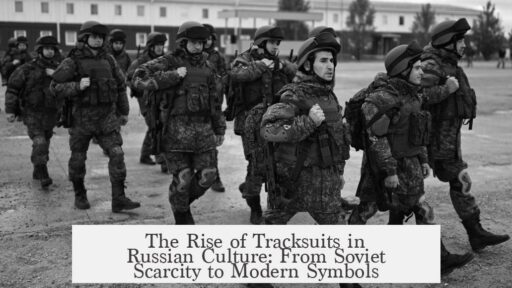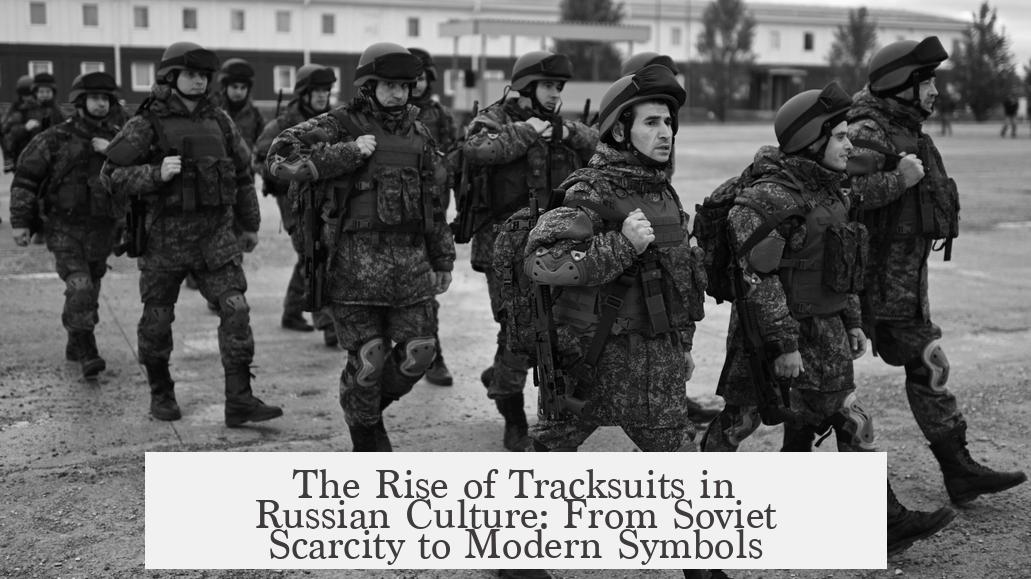Tracksuits with stripes on their sides became an inherent part of Russian and East Slavic culture through a mix of historical, economic, and social factors that stem from the Soviet era. Their rise began with scarcity in clothing production, exposure to Western brands, and was cemented by cultural symbolism and association with emerging youth and gangster subcultures in the post-Soviet period.
In the 1970s, clothing scarcity plagued the USSR. Despite increased production, demand exceeded supply. Adults faced difficulties acquiring quality or fashionable garments due to a planned economy that prioritized investment over consumer goods. Imported Western clothing was banned, limiting access to what many viewed as stylish or status-enhancing apparel. For instance, blue jeans like Levi’s became coveted symbols but were prohibitively expensive and rare. Thus, clothing choices often reflected economic constraints as much as personal taste.
Adidas tracksuits entered Soviet public awareness primarily through televised sports events in the 1960s. Athletes from the German Democratic Republic wore Adidas, visible to Soviet viewers. The USSR’s military presence in East Germany enabled the movement of German consumer goods into Soviet markets via resale at high profits. This created an early fascination with Adidas products among Soviet citizens.
The 1980 Moscow Olympics sharply accelerated this trend. Adidas manufactured the official sportswear for Soviet athletes, although Communist Party leaders censored brand logos. The usual three-stripe design was reduced to a single red stripe shaped like an “M” for Moscow, symbolizing the event’s location. This subtle branding helped embed Adidas’ visual identity within Soviet fashion. Despite censorship, Adidas’ prestige soared and the brand became synonymous with sportswear in the USSR. Some sources suggest Adidas even began local production in the USSR around 1979, increasing availability.
Tracksuits gained further traction as comfortable home clothing. Soviet men often changed into loose pants and sweatshirts at home, which resembled tracksuits. This use linked tracksuits to everyday comfort, embedding them into family life. The limited wardrobe options made tracksuits a practical household staple.
In the late 1980s and early 1990s, jogging became popular in the Soviet Union, increasing demand for athletic clothing. Tracksuits were ideal exercise wear and their global rise influenced Soviet desires. Brand-name athletic clothing remained costly, which imbued it with status appeal, similar to earlier Western denim jeans. Those who could afford Adidas tracksuits used them as symbols of prestige.
The collapse of the USSR in the 1990s transformed societal structures drastically. Organized crime quickly took hold, and gangs adopted Adidas tracksuits as uniforms. Many former athletes, police, and military veterans joined these groups, bringing their clothing preferences with them. The tracksuit became a status symbol within criminal circles, further popularized by the “gopnik” subculture—working-class youth fascinated with gang life and prison culture. This subculture embraced Adidas tracksuits as a defining sartorial feature, linking the clothing to identity and social belonging.
This evolution highlights several reinforcing factors for the tracksuit’s cultural status:
- Scarcity and economic hardship made tracksuits practical and desirable household clothes.
- Olympic exposure provided symbolic legitimacy and widespread visibility for Adidas gear.
- Tracksuits served as premium commodities within black markets and gang cultures.
- Association with Western quality and style raised their perceived value amid limited alternatives.
| Factor | Impact |
|---|---|
| Soviet economic scarcity | Limited clothing options made tracksuits valuable daily wear. |
| Exposure via 1980 Moscow Olympics | Gave Adidas brand broad recognition despite censorship. |
| Black market and status symbols | Tracksuits became signs of wealth and power in post-Soviet gangs. |
| Adoption by gopnik subculture | Embedded tracksuits in youth and street culture identity. |
Over decades, tracksuits with side stripes moved from practical sportswear to household clothing to subcultural uniform. Their unique history in the Soviet and post-Soviet context connects them tightly to East Slavic cultural identity.
- Economic scarcity and planned economy reinforcement made tracksuits practical and sought-after.
- Moscow Olympics popularized Adidas design, boosting brand visibility.
- Tracksuits became premium black market items and criminal culture uniforms after the USSR’s fall.
- The gopnik subculture cemented the tracksuit’s place in post-Soviet identity.
How did tracksuits (especially the ones with stripes on their sides) become an inherent part of Russian/East Slavic culture?
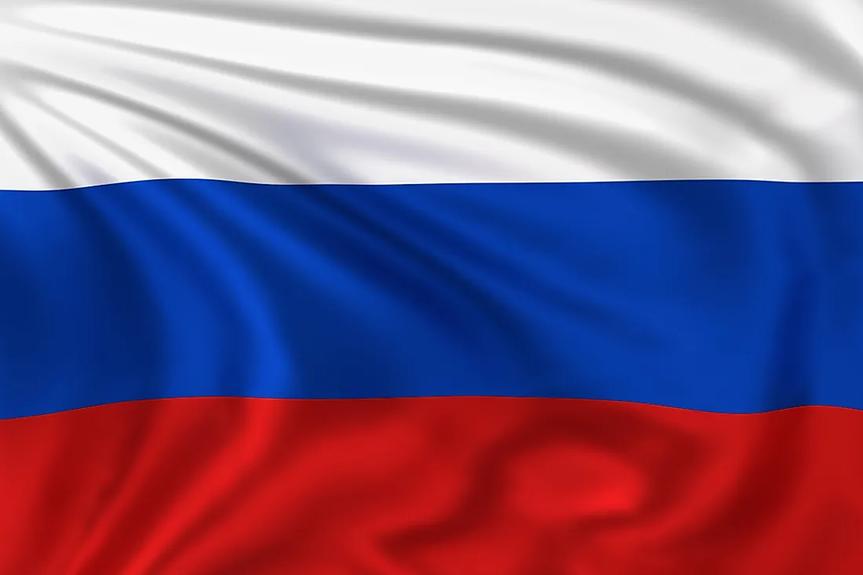
Tracksuits with stripes became iconic in Russian and East Slavic culture due to a unique blend of scarcity in consumer goods, Soviet-era exposure to Western brands like Adidas, the cultural impact of the 1980 Moscow Olympics, and the tracksuit’s later association with post-Soviet organized crime and gopnik identity. This unlikely combo turned what started as sportswear into a powerful cultural symbol.
Let’s unpack this fascinating journey—from restricted Soviet shops to street style legend.
Clothing Scarcity in the Soviet Union: The Root of Desire
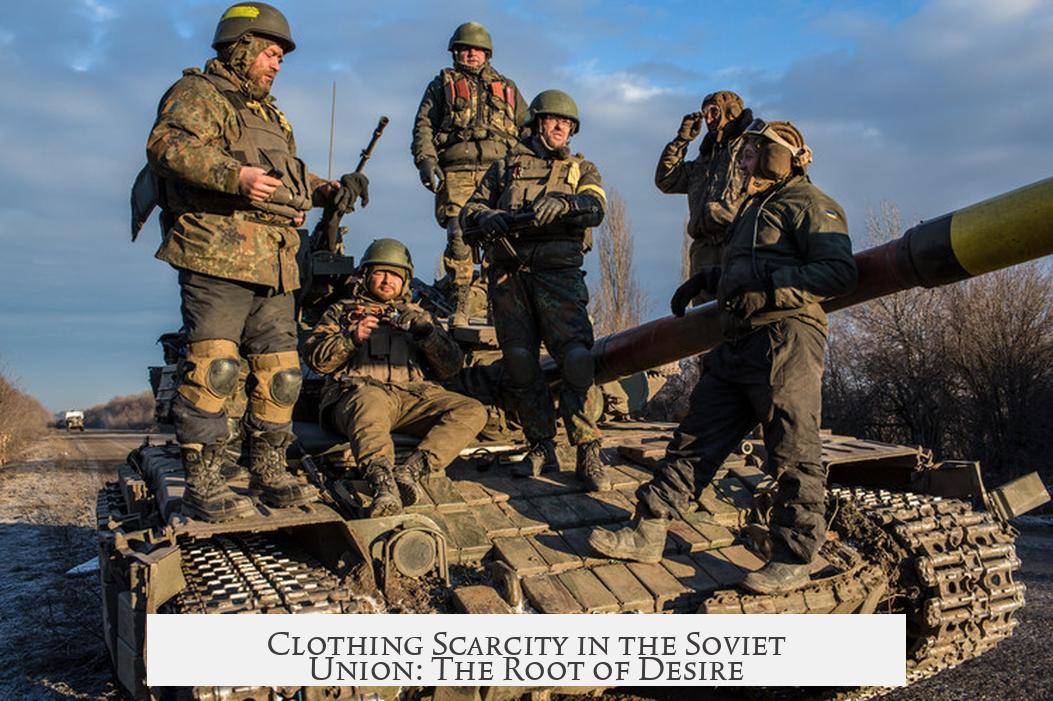
Imagine living in a world where buying adult clothes is a logistical nightmare. In the USSR during the 1960s and 1970s, this was the everyday reality. Clothing was hard to come by, expensive, and often uninspiring. Two-thirds of a worker’s income was spent on necessities, including food and clothing—and still, what was produced couldn’t meet demand.
Despite a 2.5x increase in production between the mid-60s and mid-70s, the quantity and variety remained limited. The planned economy focused on investment rather than personal consumer goods, and import bans put a huge chokehold on anything Western or flashy.
Enter the Western brand name—something instantly desirable. Levi’s jeans, for instance, became a coveted status symbol among Soviet youth, even though they cost about 200 rubles (a whopping $270). Having Western-style clothes in the USSR wasn’t just about fashion; it said, “I’m special, I have style.”
Adidas Tracksuits: A Western Brand Slips Through the Iron Curtain

Soon, tracksuits emerged as another coveted Western item, especially Adidas. The Soviet Union got its first taste of Adidas through East Germany, a friendly communist neighbor where Soviet soldiers and citizens could access German consumer goods.
TV broadcasts from the 1960s showed athletes from the German Democratic Republic sporting Adidas tracksuits with their signature stripes, planting seeds of desire in Soviet viewers. Alongside limited availability and the opportunity for resale at high markups, Adidas became a symbol of Western quality and coolness.
The real break came during the 1980 Moscow Olympics. Adidas made the sportswear for Soviet athletes—though communist leaders banned the Adidas label on the gear to avoid flaunting a capitalist brand. Instead of the trademark three stripes, tracksuits had one red stripe, symbolizing Moscow, cleverly maintaining a hint of that Adidas style without the conspicuous branding.
Even without explicit brand logos, the association was clear. Adidas skyrocketed in popularity overnight, becoming THE sportswear choice across the USSR. Some sources even say Adidas began production inside the Soviet Union in 1979, further tightening its cultural grip.
The Tracksuit as Comfortable Household Wear

The tracksuit wasn’t just for athletes or a street fashion statement—it became practical homewear. Since new, expensive clothes had to be preserved, people adopted routines common worldwide but crucial in the USSR: wearing comfortable clothes indoors.
For many men, “house clothes” were essentially sportswear: a sweatshirt and loose pants—essentially what we now identify as a tracksuit. This practical choice anchored tracksuits as symbols of comfort and everyday life.
Jogging, Fashion, and The Sporty Look of the Late 80s and Early 90s
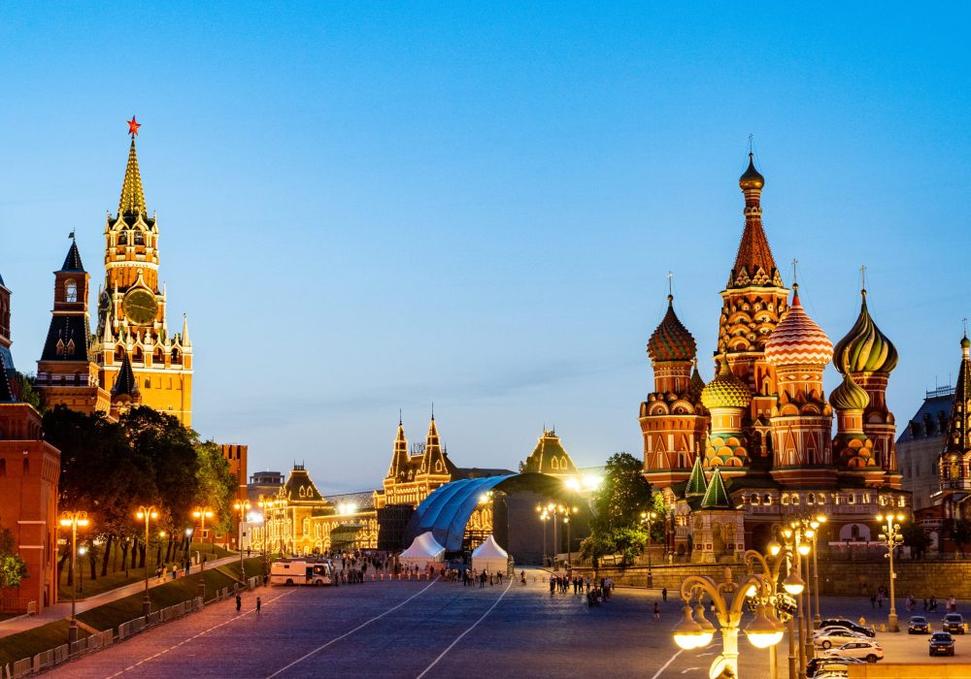
Jogging as a hobby only really took off in the USSR in the late 1980s and early 1990s. As Soviet citizens adopted jogging, tracksuits naturally became more popular for their athletic appeal.
But here’s the twist: brand-name clothes like Adidas were prohibitively expensive. So expensive, in fact, that they turned into status symbols—a kind of visual currency of success.
Who appreciates status and flashy luxury more than people involved in organized crime? In the chaotic 1990s, with the Soviet Union collapsed, crime waves swept through cities everywhere.
Organized Crime, Gopnik Culture, and The Tracksuit Phenomenon
With the USSR gone, gangs emerged as the fastest route to wealth. Tracksuits, once prized for Olympic and athletic reasons, now became a uniform for mobsters. Many gang members were former athletes or veterans who already had natural ties to sportswear.
The younger crowd, fascinated by this mob culture and prison-related fashion, adopted the tracksuit as a streetwear staple, birthing the gopnik subculture. Its cramped squatting poses and iconic Adidas-striped tracksuits became symbols of a rebellious identity.
The black market thrived on scarce Western-quality goods. Adidas tracksuits, symbolizing premium German craftsmanship with no local alternatives, were precisely the kind of item to flaunt status and toughness.
What Makes the Stripes So Symbolic?
Those stripes are no accident. While Adidas’s trademark was three stripes, the 1980 Olympic tracksuits replaced them with a single red stripe as a nod to Moscow (the letter ‘M’). It was a clever balancing act between showcasing Soviet pride while maintaining the cachet of a famous Western style.
This subtle symbolism stuck in people’s minds and helped embed stripes as a cultural motif for sporting success and identity.
Summary: Why Are Tracksuits So Much More Than Just Clothes?
- Necessity and Comfort: Scarce clothing options meant that tracksuits doubled as practical housewear, forging psychological ties between the outfit and a sense of home and relaxation.
- Olympic Exposure: The 1980 Olympics showcased tracksuits on TV, cementing Adidas as a symbol of athletic excellence and Western coolness, even under Soviet constraints.
- Status Symbol Appeal: Due to their rarity and cost, tracksuits represented success within black markets and, later, gangs, adding layers of social meaning.
- Scarcity and Quality: The lack of alternatives and recognition of Adidas as a hallmark of quality made these tracksuits a premium commodity in daily life.
So, Why Does This Matter Today?
When you see someone rocking a striped Adidas tracksuit in Russia or East Slavic countries, you’re not just witnessing a casual outfit choice. You’re witnessing a living symbol of history—economic hardship, Olympic pride, youthful rebellion, and street culture all stitched into one.
In a country where hyperinflation, political upheaval, and cultural shifts marked the late 20th century, the tracksuit acted as a social shorthand. It said, “I’m in the know. I have style. I belong.”
Wondering how an item of sports clothing became a cultural icon? It’s because tracksuits with stripes tell a complex story of survival, aspiration, identity, and belonging in a rapidly changing world.
Personal Thoughts and Tips to Spot the Real Deal
If you ever visit Russia or meet someone from the region, check out their tracksuit. Genuine Adidas stripes carry more than just brand pride—they carry stories. Look for the red stripe during Olympic references or the classic three stripes from post-Soviet times.
For those curious about cultural fashion, the tracksuit is a perfect case study in how global economic history and local identity collide in unexpected places like clothes.
Next time you see a gopnik squatting on the sidewalk, remember: that tracksuit is *way* more than a casual outfit. It’s a historical and cultural emblem worn with pride, practicality, and a bit of swagger.
